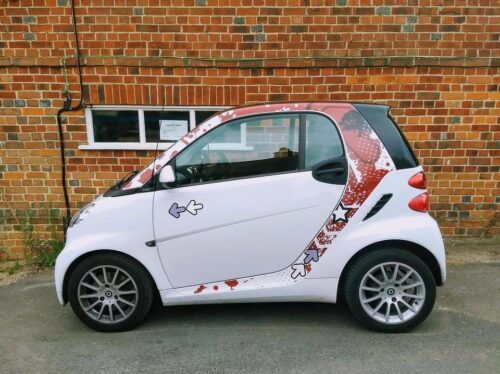Last Updated on April 25, 2024 by HodgePodgeDays
The automotive industry is undergoing a seismic shift. There’s a silent revolution underway, heralding an era dominated by electric vehicles (EVs) as we move closer to a greener, more sustainable future. Today, car manufacturers are acknowledging the unprecedented potential of EV technology. By 2030, this movement towards global electrification will usher in a new phase in the automotive industry that’s set to redefine the essence of driving.

Revitalising The Automotive Industry: Market Predictions
Many market analysts are placing their bets on electric cars and people are keen to hear their thoughts. The MG4, which stands for the new generation electric vehicle model, plays a leading role within this ever-growing movement. According to the International Energy Agency, the global fleet of electric vehicles is predicted to exceed 230 million units by 2030, up from roughly 3.1 million in 2017. The UK government has already announced plans to ban the sale of new petrol and diesel cars by 2030. This target is not just ambitious, but it also underscores the British government’s commitment to EV technology in spearheading climate change mitigation efforts.
Technological Advancements: A New Dawn in Electric Mobility
Technological progress is at the heart of the evolution of electric vehicles, shaping the pathway to 2030 and beyond. At this point, we should anticipate significant improvements in three main areas: battery technology, charging infrastructure, and autonomous driving.
Battery technology is already witnessing considerable advancements. For instance, range anxiety obstacles are being systematically dismantled as electric cars can now drive hundreds of miles on a single charge. By 2030, we will likely see lighter, more efficient, and affordable batteries, extending the travel range and reducing charging times.
Regarding charging infrastructure, it’s clear that a successful switch to electric mobility requires comprehensive, accessible charging networks. By 2030, charging stations are likely to be as ubiquitous as petrol stations, while wireless and ultra-fast charging technologies will ease the charging process even further.
Autonomous driving goes hand in hand with electric mobility. There are already vehicles with semi-autonomous features available today, but by the end of this decade, we may see fully autonomous electric vehicles integrated into regular traffic, with artificial intelligence coordinating the entire driving process.
Impact on Environment: Heralding a Greener Era
Embracing a higher proportion of electric vehicles by 2030 will bring positive change, particularly in environmental aspects. Lower emissions will contribute to a greater reduction in air pollutants leading to cleaner and healthier cities. EVs will play a pivotal role in combating climate change and promoting sustainable mobility worldwide.
Conclusion: The Road Ahead
By 2030, the advent of electric vehicles will undeniably leave an indelible impression on the automotive industry, not to mention our day-to-day lives. As we journey towards a zero-emission future, electric cars will do more than merely get us from A to B, they will revolutionise the way we perceive and interact with transport. The future is electric, and the automobile world is eagerly accelerating towards it.
